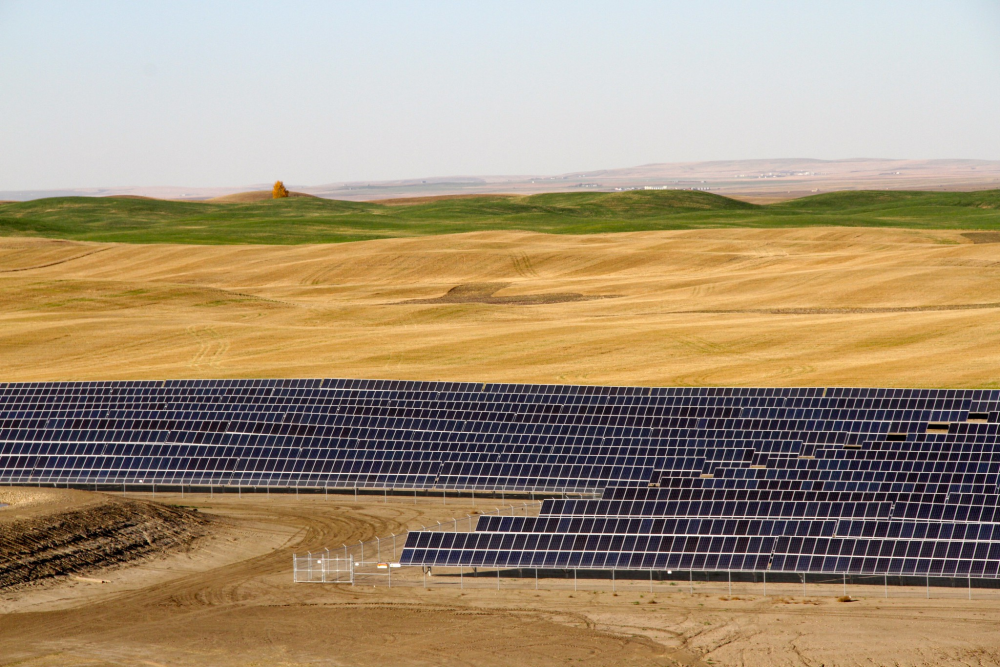On November 19, the federal government introduced Bill C-12, the Canadian Net-Zero Emissions Accountability Act. Its purpose is to legislate five-year targets leading up to net-zero emissions in 2050 and to create an institutional structure to ensure that those targets are achieved. In legislating a net-zero target, Canada joins other countries that have done the same including the United Kingdom, Sweden, Denmark, Hungary, New Zealand, and France.
Less than a week later, the Canadian Energy Regulator (CER) released Canada’s Energy Future 2020, its annual energy supply and demand scenarios modelling the trajectory of Canada’s energy system to 2050. The report made significant improvements over previous years including, for the first time, framing its scenarios in relation to the commitment to net-zero. However, it was telling that the CER’s most ambitious scenario — based on the assumption that climate policy, innovation, and cost reductions will continue at roughly the same pace as today — would not lead to the outcome enshrined in Bill C-12. It was a stark reminder that here in Canada our energy policy and our climate policy are still on divergent paths.
Achieving the targets legislated in Bill C-12 will certainly take planning and enforcement mechanisms, with teeth. Governments should be held to account on reaching science-based targets. In substance this will mean transforming how we produce and use energy.
This starts with an energy supply and demand scenario that aligns with, or exceeds, Canada’s 2030 and 2050 targets and assumes the rest of the world is acting to successfully limit global warming. Importantly, this scenario will need to consider global oil demand in a world that does not exceed 1.5 degrees Celsius of warming and how anticipated demand reductions will influence the market for Canadian oil and gas. In addition to modelling energy production for export, the scenario would also need to consider domestic energy systems including the electricity sources in all regions, adoption of zero-emission vehicles, electrification of space and water heating, and improved efficiency in building stock and industrial processes. In short, it would describe what Canada’s energy system could look like in a climate-safe world.
Scenario should align with targets
Providing vision and information with a 1.5 degree scenario will serve a number of important purposes.
First, it will provide a basis to assess government spending, policies and programs along with individual projects to ensure that the decisions being made today are consistent with a climate-safe world.
Second, it will provide details on the extent to which we can rely on scaling up existing technologies and policies to achieve our goals. This will help identify the remaining gaps and pinpoint areas where technological, policy, or social innovation are needed. It will also offer a basis for discussion on the use of carbon removal and offsets. Both will be necessary but decisions will need to be made on the extent to which we rely on them and how credits from their use will be fairly allocated.
Third, it will help plan for a just energy transition. By showing the trajectory of the energy sector, it will provide information allowing individuals, communities, and governments to proactively plan for the transition and ensure that necessary supports are in place.
Finally, it will be useful to Canadian businesses and investors seeking to understand climate risk. It will provide a basis to assess whether business models are compatible with Canada’s net-zero goal — and, if not, how to adapt accordingly.
The details of such a scenario would, rightly, be subject to debate. But the scope and scale of change would offer a point of orientation and vision for all Canadians.
Scenarios matter. One headline-capturing finding in Canada’s Energy Future 2020 was a single graph that showed that under its most likely scenario, Canada would not require the capacity of Keystone XL and Trans Mountain expansion pipelines, due to slower growth in oil production. In that one graph, the pipeline debate that has gripped the country for well over a decade was framed in an entirely new light. The actual fate of the projects will not be so easily resolved but the underlying implication is clear. And this is from a scenario that did not imagine Canada would come anywhere close to achieving its climate targets. Imagine the clarity that would come from a scenario that did.






